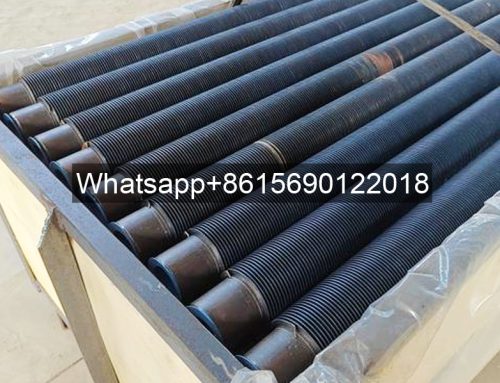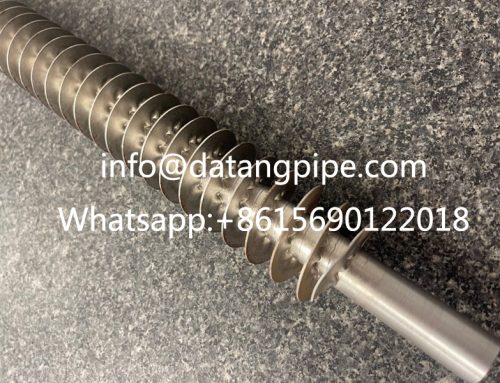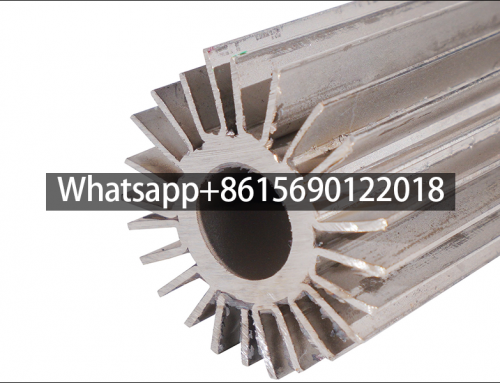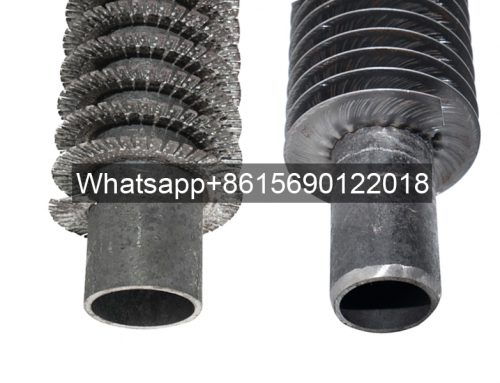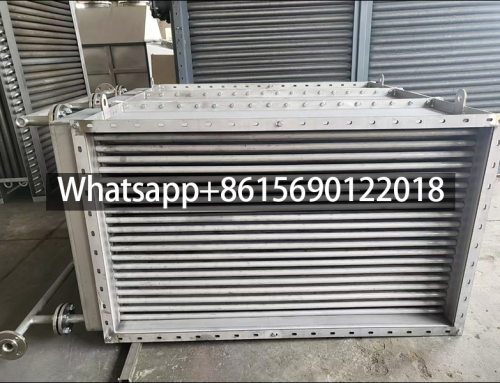How to Choose The Tube Spacing and Fin Spacing of Finned tube Radiators?
Finned tube radiators are one of the radiators and are also a more commonly used one. Therefore, in the next period of time, we will continue to explain the knowledge of this product so that everyone can have learning content and acquire new knowledge, so that we can continue to make progress and breakthroughs.
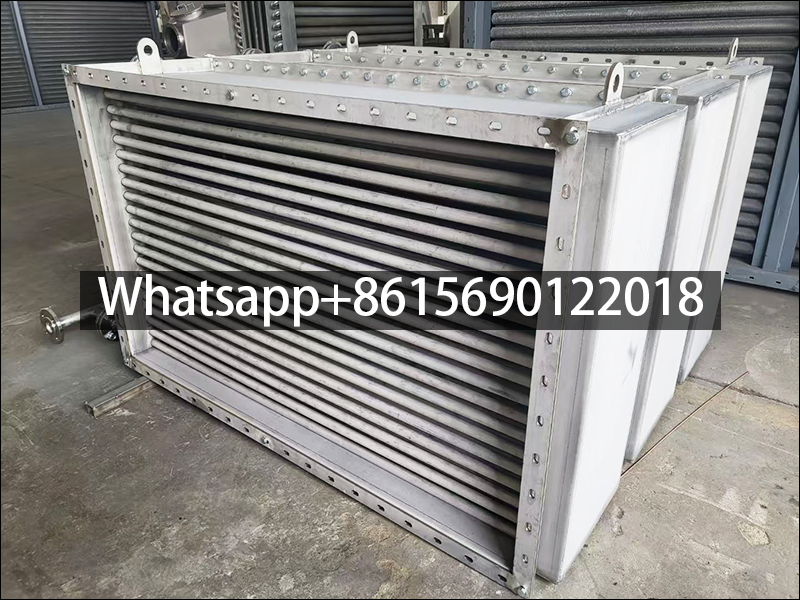
Finned tube radiators can be considered as a commonly used heat dissipation equipment, and they are widely used. Therefore, in terms of application, they can be used for air heating in drying systems and in hot air devices. If the heat medium is steam, the working pressure cannot exceed 0.8MPa; if it is hot air, the temperature should be below 150℃.
In finned tube radiators, the tube spacing and fin spacing also need to be taken seriously in the selection. The tube spacing and fin spacing of finned tube radiators have an important impact on their performance. So below, let’s explain it in detail so that everyone can understand it clearly.
1. Tube spacing of finned tube radiator
In finned tube radiator, the main factors affecting the tube spacing are the fin ratio of the finned tube and the membrane heat transfer coefficient of the medium inside and outside the tube. If the membrane heat transfer coefficient is large, then a finned tube with a relatively large fin ratio should be selected, so that a good heat transfer and heat dissipation effect can be achieved. However, it should be noted that the fin ratio should not be too large, because if its value is too large, the effect will not be obvious, and it may have an adverse effect.
The tube spacing mainly considers the rationality of the pipe layout. Generally speaking, the spacing between tubes should not be too large, and usually more than 1mm can meet the pipe layout requirements. Excessive tube spacing may lead to a decrease in heat exchange efficiency, while too small tube spacing may increase manufacturing difficulty and cost.

2. Fin spacing of finned tube radiator
For the fin spacing of finned tube radiator, we should mainly consider the fins. Specifically, it is for dust accumulation, scaling and cleaning and other aspects and factors, and at the same time, the requirements of pressure and other aspects should also be considered. Therefore, the fin pitch of the finned tube radiator should not be too large or too small. The principle is that when arranging, the fin pitch should have a suitable example and be able to achieve correct and reasonable pipe layout.
The fin pitch (fin pitch) mainly considers factors such as dust accumulation, dust formation and easy cleaning, and must strictly meet the pressure drop requirements of the equipment. The spacing between fins is usually between 3.2-8.0mm, and common fin pitches are 5mm, 6mm and 8mm. The choice of fin pitch will affect the heat dissipation efficiency and air circulation. For example, finned tubes with a 5mm fin pitch are suitable for high temperature environments, while finned tubes with an 8mm fin pitch are suitable for low wind speed environments to avoid heat loss caused by airflow short circuits.

Factors affecting finned tube radiators
The design of finned tube radiators also needs to consider other factors, such as base tube materials (such as seamless steel tubes or stainless steel tubes), steel strip thickness (usually 0.2-0.5mm), fin thickness, etc. These factors will affect the overall performance and manufacturing process of the radiator. For example, if the fin thickness is too thin or too thick, it will affect the extensibility of the fin and the stability during the manufacturing process.


